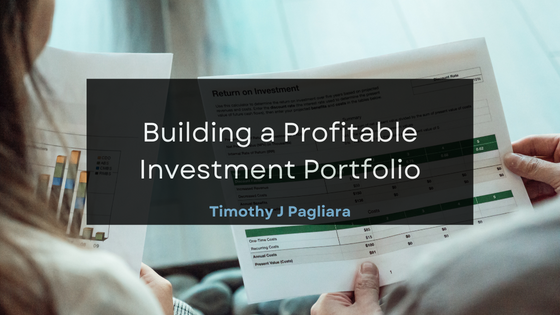A well-diversified portfolio is essential for any investor to achieve their goals. As an individual, you must know how to allocate your assets to meet your goals and risk tolerance. Having a well-designed strategy can help you avoid unexpected expenses and ensure that your investments are well-positioned for the long run.
Step 1. Determine Your Asset Allocation
Before you start building a portfolio, you must clearly understand your goals and financial situation. Some of the most common factors affecting a person’s investment strategy are their age, income needs, and the amount of available capital. For instance, an unmarried 22-year-old college graduate may need a different approach than a 55-year-old who plans on retiring in ten years.
If you’re not willing to risk losing money, then your investments might not be able to provide you with the high returns you’re looking for. Having a good understanding of these factors will help you determine how you should allocate your investments.
Another important factor you should consider when building a portfolio is the risk/return tradeoff. For instance, if you’re planning on having a relatively stable lifestyle and are not planning on relying on your investments for income, then you might want to take more significant risks. On the other hand, if you’re planning on having a more tax-efficient retirement, you might want to focus on protecting your assets.
Step 2. Achieving Your Portfolio
Once you have determined the appropriate asset allocation, you must divide your capital into two equal parts. For instance, you should allocate your money between bonds and equities. You can also break down the various asset classes into subclasses to better understand each class’s risks and potential returns. For instance, an investor may divide the equity portion of their portfolio between foreign and domestic stocks and companies and industrial sectors. On the other hand, the bond portion may be allocated between government and corporate debt and short- and long-term bonds.
Step 3. Reassess Your Portfolio Weightings
After you have an established portfolio, you must regularly re-evaluate and adjust the components of your portfolio to keep up with the changes in the market. Doing so will allow you to determine the appropriate asset allocation for your needs.
Factors affecting your financial situation and risk tolerance will also change over time. For instance, if your risk tolerance has decreased, you might need to reduce the number of stocks in your portfolio. Or, if you’re at the stage where you’re ready to take on more risk, then you might want to allocate a small portion of your assets to small-cap stocks.
Step 4. Rebalance
Before you start re-evaluating and adjusting the components of your portfolio’s details, you must determine which securities you should reduce and how much you should sell. This will allow you to determine which under-weighted securities to buy.
If you’re planning on reducing the number of stocks in your portfolio to re-balance it, you might owe a significant capital gains tax. However, it’s better to maintain a steady allocation of assets to other asset classes instead of selling all your growth stocks. This will allow you to reduce the overall weightage of your portfolio without having to pay taxes.
Even though you may be planning on selling some of your growth stocks, you should still consider the market’s outlook. If you’re worried that the same stocks may fall, you might want to sell them even though the tax implications are still significant. One way to reduce your tax bill is by selling some of your growth stocks through tax-loss selling.

